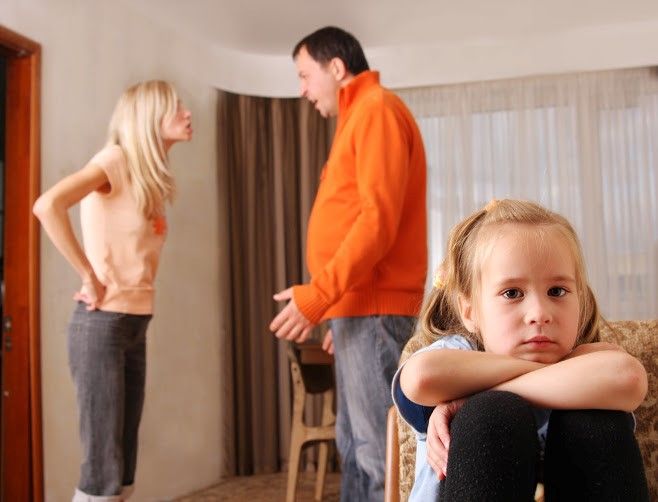Divorce is unpleasant enough if you not getting along with your soon-to-be-ex-spouse, but a domestic violence accusation makes matters more difficult. Whether you are the one making the accusations, or the one being accused, domestic violence restraining orders, or DVROs, complicate child custody arrangements.
Here are some things you should know about how DVROs affect child custody arrangements and visitations.

How Can One File a Domestic Violence Restraining Order?
If you feel that you are being abused, or are under threat of abuse, then you can file a temporary protective order with the court. Examples of abuse include verbal, physical, emotional, sexual, or psychological abuse which is directed either at yourself or your child.
After you file, the order is served to the accused and that person must refrain from making contact with you or your child. If an attempt is made, then the restrained person could end up arrested and in jail. After the accused is served, a court hearing is held to determine if extension of the restraining order is needed.
How Does a Restraining Order Affect Custody?
When it comes to child custody cases, the judge may ask you to attend mediation to determine custody and visitation arrangements. You and your spouse may have to fill out questionnaires and express your plans and future for your child. The goal of the mediation is to determine what is best for the child and how much risk the child is at with the accused parent.
The mediator will interview both you and your spouse as well as your older children. Your child’s wishes will be considered along with your and your spouse’s wishes so that everyone agrees to a custody arrangement.
How Does the Court Determine Custody With DVROs?
Accusations of abuse do not, necessarily, eliminate the accused parent’s right to contact with their child. The court must look at the evidence before making a final custody decision. If you are the accuser, then bring any evidence of abuse with you to your mediation sessions. If there is evidence of severe abuse or danger to the child, then the court is less likely to allow shared custody or unsupervised visits for the accused.
How Are Restraining Orders Reversed?
If you are the accused and you feel that the order is unwarranted or is unfairly restricting you from seeing your child, then you can go to court and have a hearing to have it removed. Your likelihood of succeeding is much higher if you can show that you have taken measures to make changes to reduce the risk.
Examples of positive measures include showing that you have taken anger management courses or are seeing a counselor.
If you are the one who filed the restraining order, then you, too, can have it vacated. However, you also must return to court to speak to a judge. Like the accused, you will have to submit evidence that the circumstances have changed and that you and your child are no longer under threat. The judge makes the final decision as to whether the order is removed.
During a divorce, accusations of domestic violence and restraining orders complicate an already difficult situation. Whether you are the accused or the accuser, you need to work through the process so that you can retain your relationship with your child. In either case, you will need an attorney.
The Law Office of Greg Quimby, P.C., can help you with mediation of child custody issues so that the final result is in the best interest of the child and of mutual agreement between you and your former spouse. If you are dealing with a difficult child custody situation, contact us today for a consultation.

